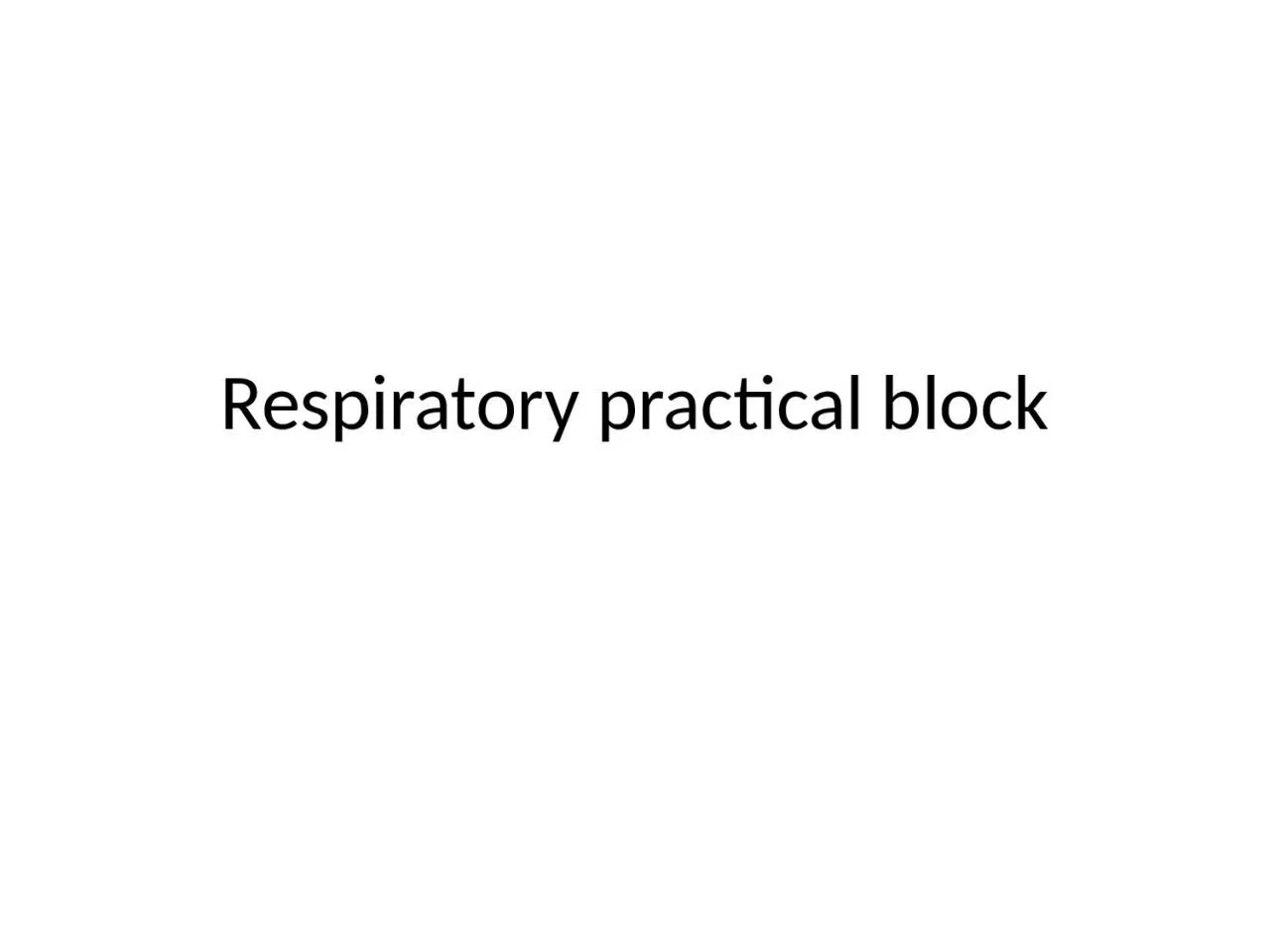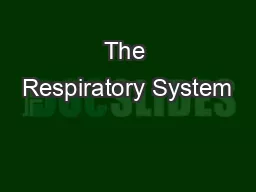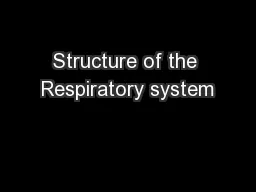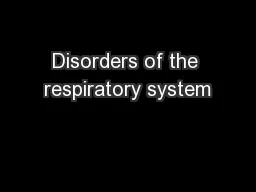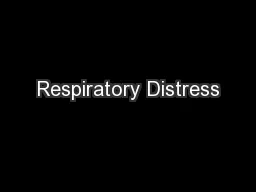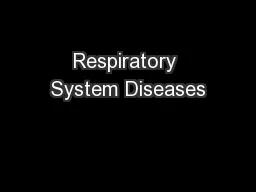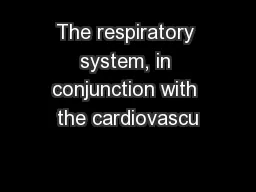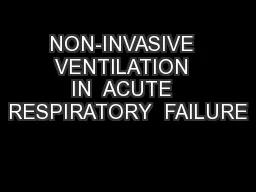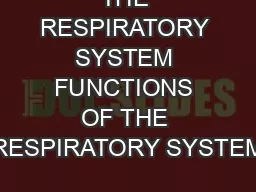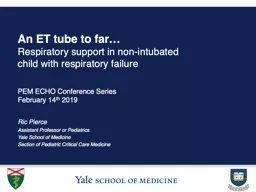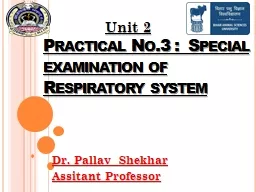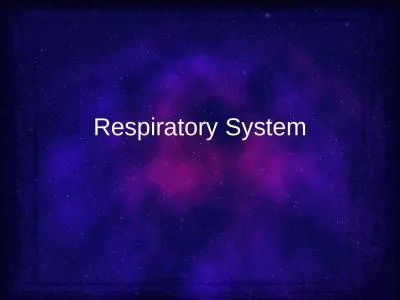PPT-Respiratory practical block
Author : delcy | Published Date : 2024-01-29
Lung Capillary lumen Type I pneumocyte Type I pneumocyte Type II pneumocyte Endothelium Alveolar space The respiratory acinus Cartilage is present to level of proximal
Presentation Embed Code
Download Presentation
Download Presentation The PPT/PDF document "Respiratory practical block" is the property of its rightful owner. Permission is granted to download and print the materials on this website for personal, non-commercial use only, and to display it on your personal computer provided you do not modify the materials and that you retain all copyright notices contained in the materials. By downloading content from our website, you accept the terms of this agreement.
Respiratory practical block: Transcript
Download Rules Of Document
"Respiratory practical block"The content belongs to its owner. You may download and print it for personal use, without modification, and keep all copyright notices. By downloading, you agree to these terms.
Related Documents

